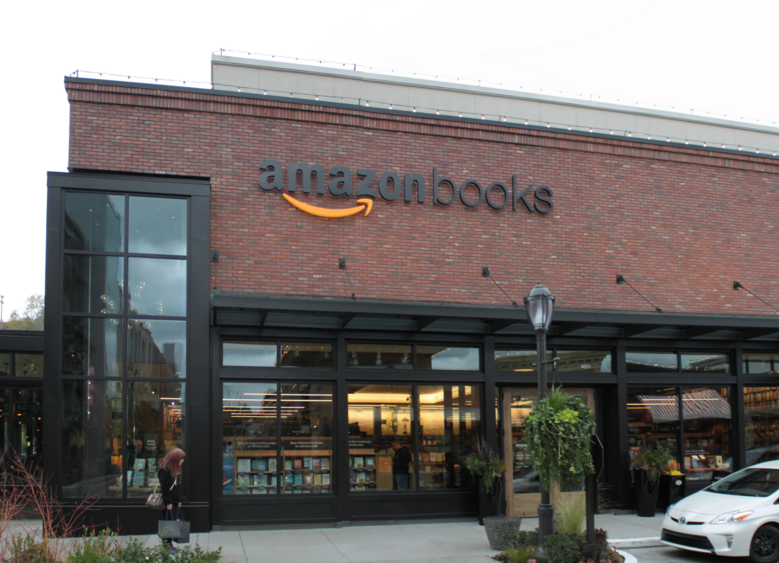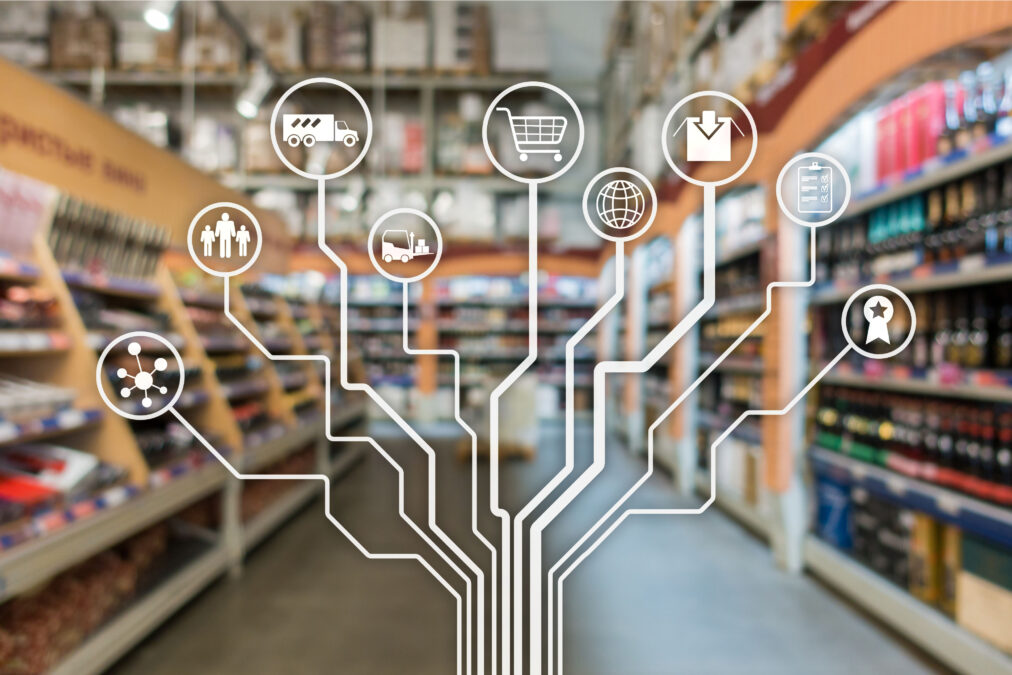Since its inception more than two decades ago, Amazon has been the driving force behind growth in the e-commerce industry. In fact, last year, the company accounted for $0.51 of every $1 of e-commerce growth.
Given Amazon’s long-standing perch as a leader in the e-commerce space, it’s no wonder that many were surprised when the company opened its first brick-and-mortar bookstore in Seattle last fall and allegedly has plans to open as many as 400 more locations.
Time and again, Amazon has lauded e-commerce as an efficient and convenient alternative to brick-and-mortar stores – so what has changed?
While it remains to be seen whether these rumours actually come to fruition, the notion that Amazon would consider investing in brick-and-mortar stores is not so far-fetched after all.
>See also: 5 critical requirements for surviving and thriving in e-commerce today
A recent study from PowerReviews found that the next generation of shoppers could be leading a return to in-store shopping. Of the more than 1,700 U.S. Centennials (ages 13-18) surveyed, 94% prefer to research and browse products online, yet when it comes to making the final purchase decision, almost half (46%) prefer to buy in-store.
If anything, Amazon’s entry into the world of brick-and-mortar retail shows that omnichannel is here. While there’s no doubt that e-commerce is growing, driven in large part by mobile, it’s important to remember that the majority of shopping still happens in a physical store.
For that reason, retailers must bridge the gap between their online initiatives and physical locations to create consistent experiences across all channels.
The value of reviews in-store
One reason Amazon has grown to be so popular with shoppers is that the site provides reviews for all sorts of products. Amazon recognises that reviews are a powerful tool for driving sales, which is evidenced in how it laid out its first Amazon Books location.
Books are arranged in categories that include star-rating information like “Young Adult Top Sellers – 4 Stars & Above”, and under nearly every book shoppers will find a review card with a star rating, a review from someone who purchased the item, and a barcode.
Visitors can scan the barcode using the Amazon app and are taken to the item’s product page, complete with reviews and pricing.
Clearly, Amazon understands the importance of providing shoppers with the information they are looking for regardless of whether they choose to shop online or in-store.
Optimising for mobile
As you can see from the example above, mobile devices have become a staple in the path to purchase and are quickly becoming a common element for in-store shopping experiences.
According to Forrester, mobile devices influenced more than $1 trillion of purchases, both online and offline, last year. Echoing this data, PowerReviews found that nine out of every ten shoppers use their mobile devices to help make purchase decisions while in-store.
From comparing product prices to accessing ratings and reviews, shoppers rely on mobile devices to provide them with the information they need to make a purchase decision.
In fact, nearly 70% of in-store shoppers want to access product ratings and reviews while they’re shopping in-store.
Shoppers expect mobile websites and apps to be responsive, load quickly and be user-friendly, meaning those reviews they crave should be easily accessible.
It’s imperative that retailers provide a mobile-optimised shopping experience to keep shoppers connected across channels.
With mobile devices now becoming a common part of the shopping journey, there will also likely be a rise in the use of technologies such as near-field communication (NFC) and beacons to proactively prompt and deliver the personalised product information shoppers seek.
With beacons, retailers can deliver relevant content directly to a shopper’s smartphone to draw them into a store or provide product-specific information depending on their location in the store.
>See also: UK retailers fail to capitalise on burgeoning e-commerce in China
More than 20% of shoppers would be open to being targeted by beacons as long as it helps them make the right purchase decision, save money or enhance the overall shopping experience.
NFC can also be used to engage shoppers while in store. With just a tap of their smartphone on a digital display, shoppers can instantly access product information and, in turn, retailers receive useful data on how the customer behaves while in-store.
While these technologies are still in their infancy, more and more retailers are exploring ways to bring elements of the online shopping experience in-store by providing shoppers with relevant product information.
Shoppers crave information and want the information they access online to be available across channels. It’s key to equip them with the information they need to make confident purchase decisions whether from their phone, the aisle of your store or the comfort of their own home.
Sourced from Matt Parsons, chief customer officer, PowerReviews










